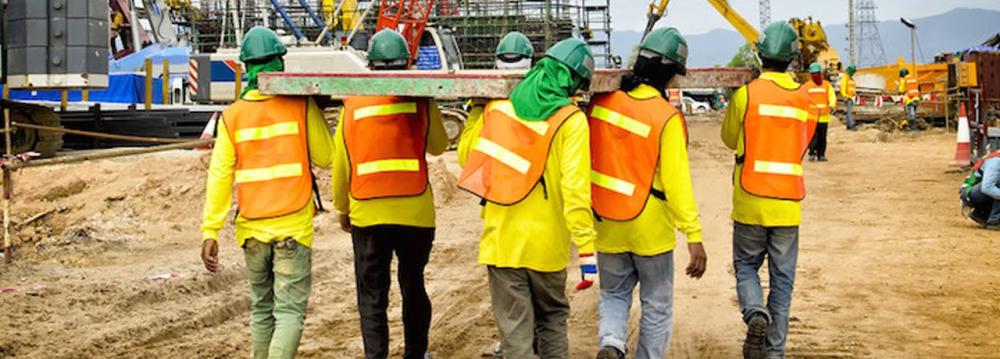Recently published official data provide a painful—but realistic—account of economic activities in Oman during the year 2015. The unpleasant developments include a fall in gross domestic product plus challenges with public finance.
The Central Bank of Oman figures show nominal GDP contracting sharply in 2015, by 14 .1%. The figure compares unfavorably with the average growth of 11.3% achieved during the period between 2010 to 2014, Arabian Business reported.
Certainly, there is a strong rationale for the fall in economic activities, namely the rationalization of government spending and slowdown of exports. Undoubtedly, the phenomenon was caused by plunge of oil prices over the past two years and the need for adjust to the fallout.
Incidentally, the fall in oil revenues occurred at the time of rising production levels, by 4% to an average output of 98,922 barrels per day in 2015. However, the 2016 BP Statistical Review of World Energy puts the level of Oman’s oil production at 952,000 bpd in 2015.
Still, the BP report keeps track of a trend for incremental increases in production over recent years. Oman’s crude oil output amounted to 710,000 bpd in 2007, but rising to 865,000 bpd in 2010 and 918,000 bpd in 2012.
Reverting to the matter of public finances, treasury income dropped in a big way in 2015, by 35.8% to $23.3 billion. This was caused by the sharp drop in average prices for Omani oil, from $103.2 per barrel in 2014 to $56.5 per barrel in 2015.
Total expenditures fell by 9.7%, as the authorities searched for ways to deal with the declining revenues. These focused on curtailing allowances and limiting fresh employment in the public sector.
Consequently, the year ended with a massive deficit of $12 billion and up from a projected figure of $6.6 billion.


